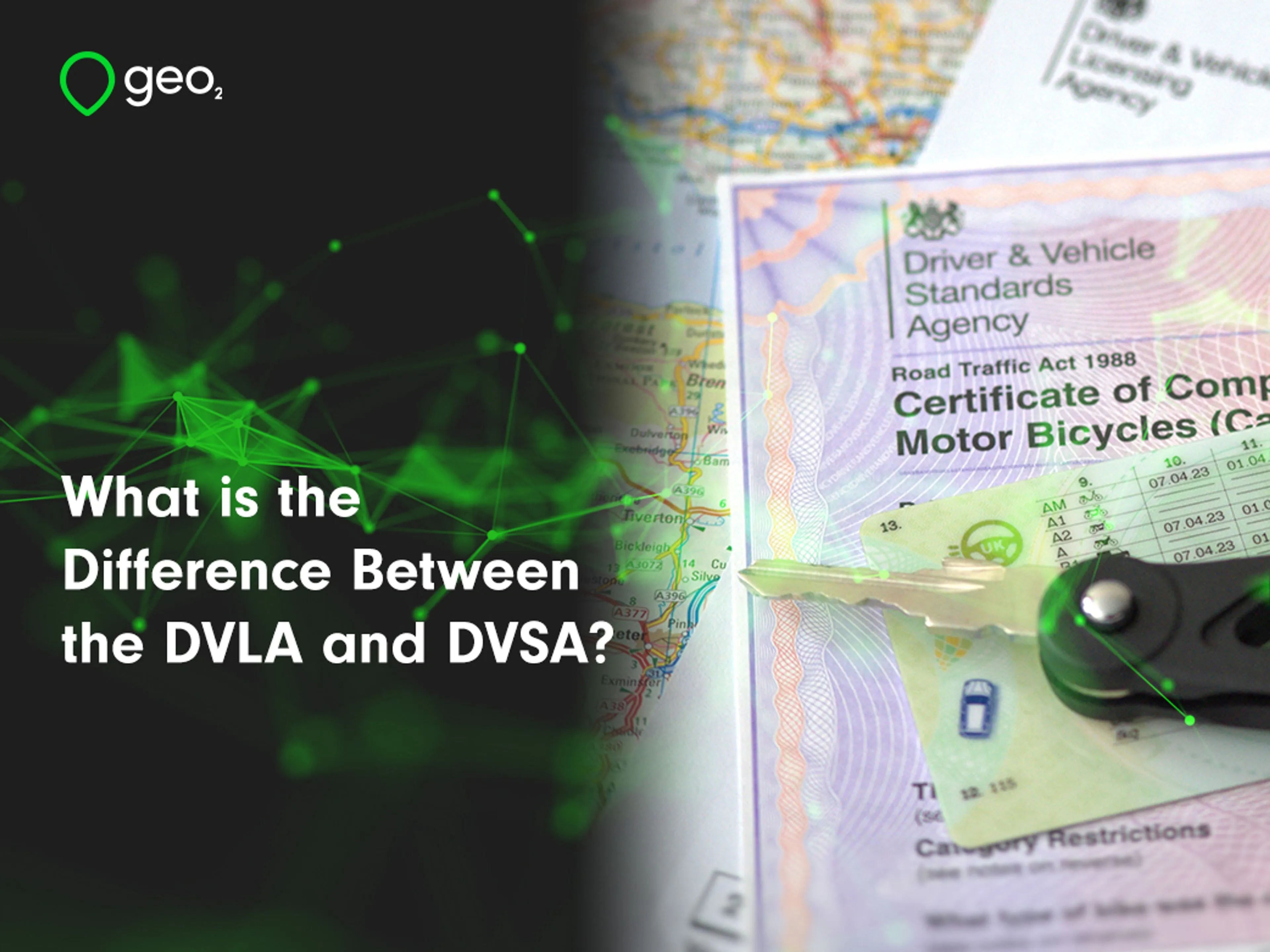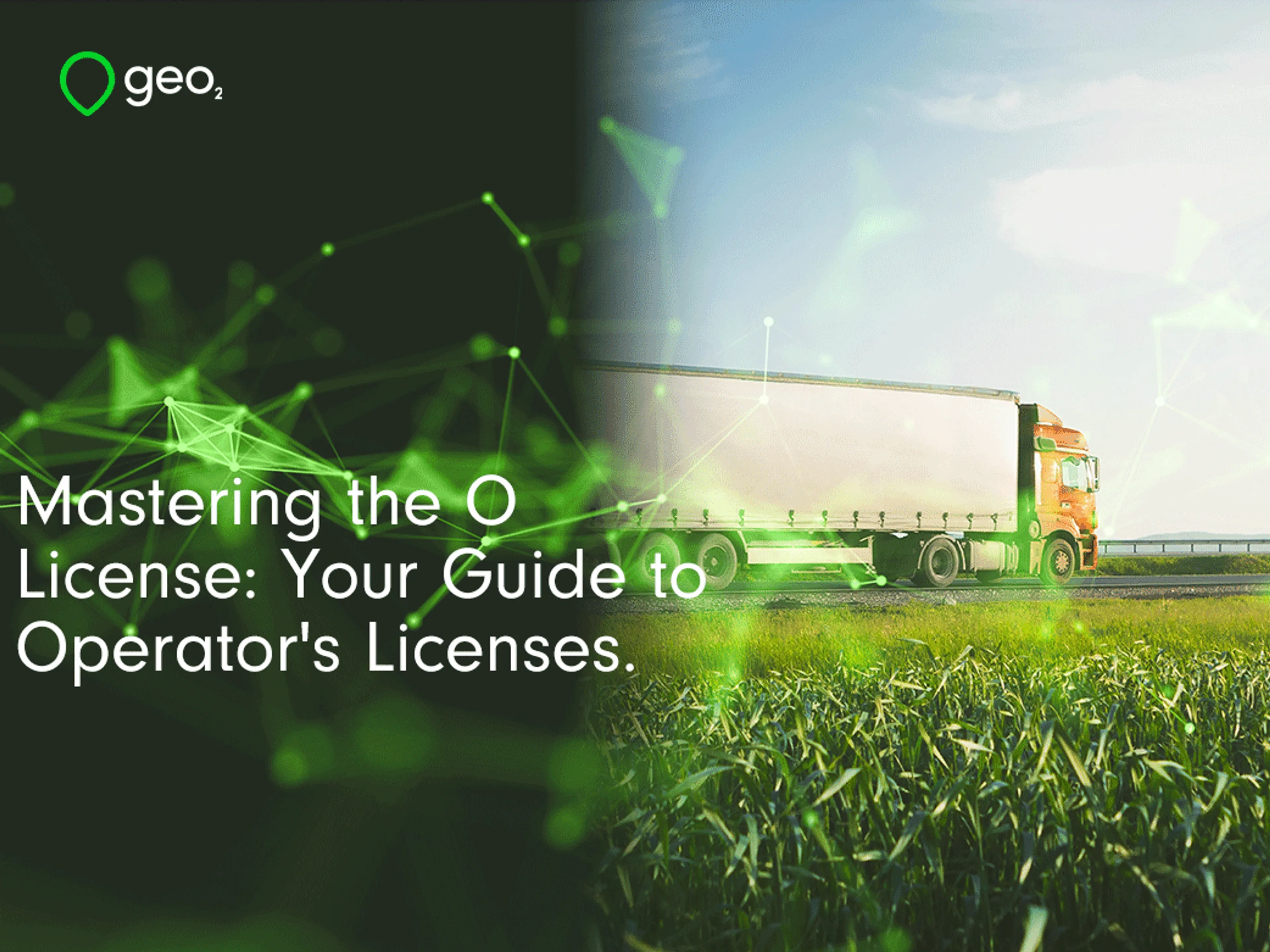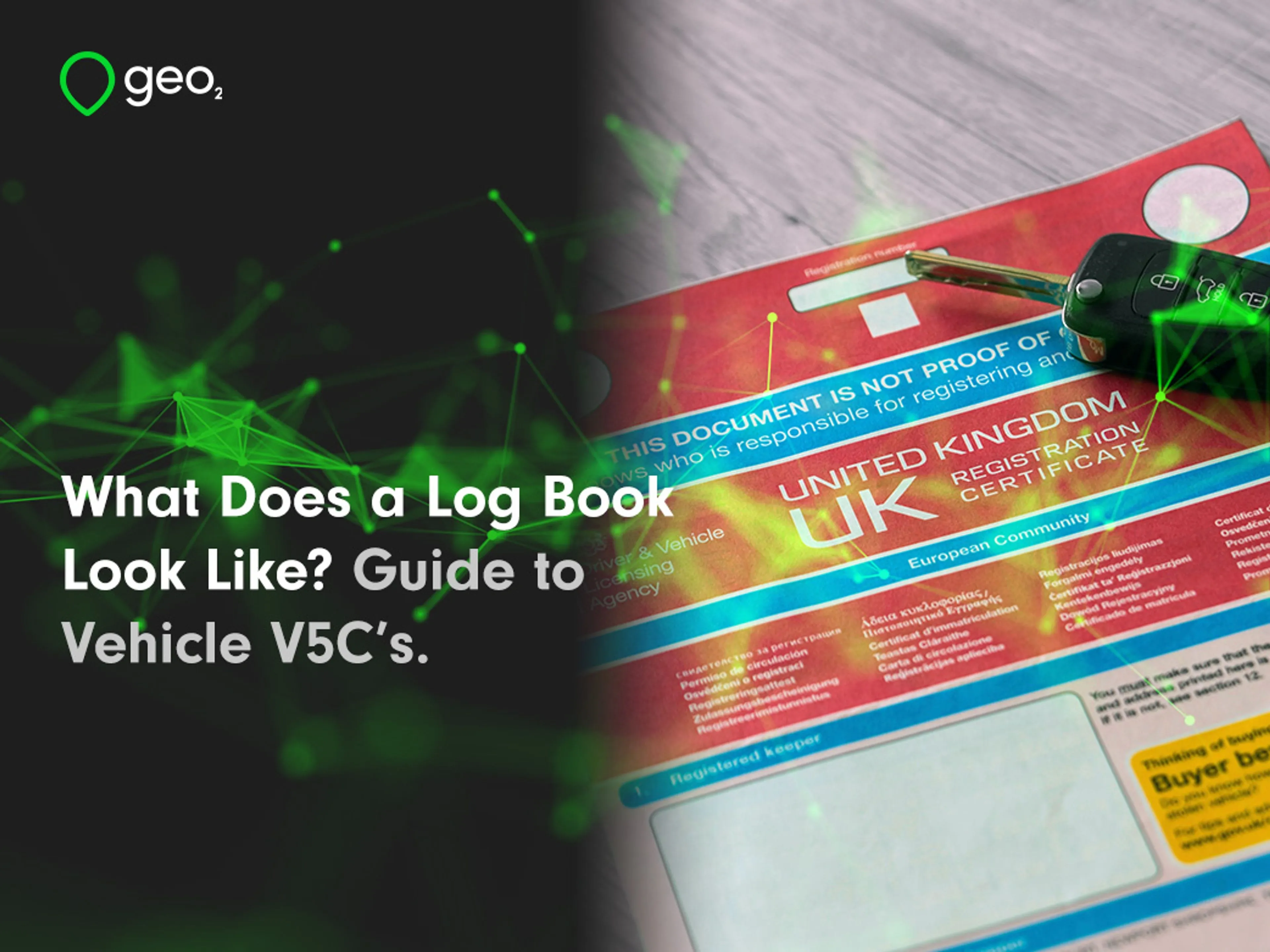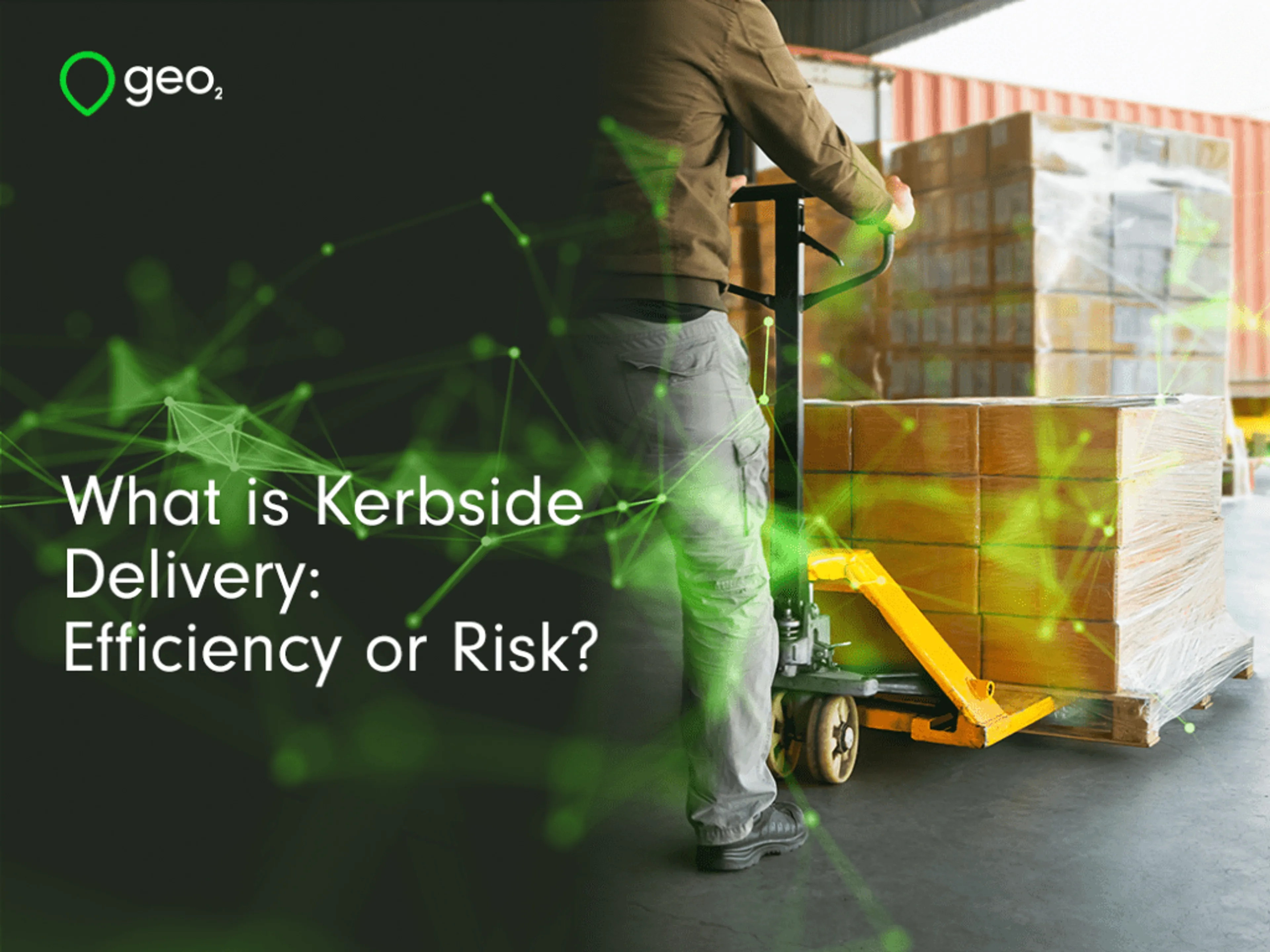What is Kerbside Delivery?
Kerbside delivery involves a driver making their delivery to the pavement or the roadside – rather than to a customer’s door.
It is often used for large or heavy goods, which cannot easily be carried to a doorstep by the driver. This might include the delivery of large domestic or white goods – a carpet, a freezer or a hot tub, for example.
More typically, though, kerbside delivery is for palletised goods. These might be building materials, like sand, timber or paving stones, for example. It is also prevalent with business-to-business deliveries of large items, such as deliveries of commercial kitchen equipment or office furniture.
Kerbside delivery may not mean the kerb directly outside an entrance. If there is no suitable access at the delivery location, the driver will instead park as close as possible to the designated address, from where the recipient then collects the delivery.
With many kerbside deliveries, the driver will unload the goods from the vehicle. But in some cases, the customer is required to unload their own order from the delivery vehicle.
The Benefits of Kerbside Delivery.
Kerbside pallet delivery can be a convenient and cost-effective method for businesses. It requires fewer staff and less time to deliver to the kerb than to transport large items into a property.
For example, large items can be lowered to ground level on a tail lift, then manoeuvred on their pallets using a hand pallet truck. This takes just one person, whereas removing items from their pallets and carrying them to the door, or even into a building, takes more people and more time.
With lower staff costs and less time spent on the delivery, costs are reduced considerably. Drivers can also get through more deliveries if they do not need to spend too much time unloading.
Kerbside delivery reduces the likelihood of damage to goods, as they require only minimal handling before being passed over to the customer. It also ensures better safety for the delivery drivers, who do not have to manually shift heavy goods, therefore minimising their risk of injury.
During the Covid pandemic, kerbside delivery became a popular option even for items where this method wouldn't typically be used. In order to minimise human contact, deliveries were made to the kerbside, allowing customers to retrieve them once the driver had withdrawn.
The Drawbacks of Kerbside Delivery.
While there are some obvious benefits of kerbside delivery, it does also have some drawbacks.
Not all properties are accessible for kerbside delivery. A flat and solid foundation is required, meaning lorries and trucks can’t deliver to steep roads, nor where the ground is soft or covered with loose gravel.
Where this is the case, companies may often simply refuse to deliver. Alternatively, they may be able to achieve a delivery, albeit at some distance from the property. While this maintains health and safety standards for the transport company, it is often less convenient for the customer, who may have to carry their goods some distance before arriving at their property.
Kerbside delivery also comes with concerns about fraud. If a delivery is made without the recipient in attendance, there is a risk that it could be stolen.
To minimise this, delivery companies need to implement extra processes. For example, they need to provide a specific delivery date and time window so that the customer is available to receive the delivery. Plus, they may need to collect verifiable proof of delivery. All of this requires additional planning and communication.
Is Kerbside Delivery Right for You?
As businesses continue to adapt to changing consumer demands and logistical landscapes, kerbside delivery offers another method that delivery companies can add to their portfolio, allowing them to deliver a range of goods.
It is a practical, cost-effective and increasingly popular method of delivering goods that meets the needs of both businesses and consumers.
While it has its challenges, such as property accessibility and concerns about theft, the benefits are many. The largest drawbacks can also be met by use of technology that provides customer tracking and delivery windows as well as proof of delivery.
If you’re a kerbside delivery driver, try Geo2 for free today o find out how you can use it to enable better kerbside delivery for your customers.
Why Consider Geo2?
Geo2 is a cloud-based system, with an app and web platform that was developed by Springboard Applications, a subsidiary of Balloon One.
It is a scalable system that can be used by a wide range of businesses, from independent delivery drivers, right up to enterprises and 3PLs that manage their own fleets.
Here is a summary of the main features and benefits:
- Sophisticated route planning and optimisation
- Cloud-based system accessible via the web
- Mobile driver app (Android and iOS)
- Proof of delivery
- Status updates and notifications
- Real-time fleet tracking
- API for integration with ERP, WMS and other supply chain software
- Fully scalable
- Subscription-based pricing
- Free version for single users
Geo2 is designed to help you make the most deliveries in the shortest amount of time, while minimising costs and fuel consumption.
Related posts

What is the Difference Between the DVLA and DVSA?
Every UK driver, vehicle owner, and driving instructor needs to be familiar with the DVLA and DVSA. These two agencies play crucial roles in ensuring the safety and legality of driving on UK roads. Whether you're renewing your driving license or getting your vehicle inspected for roadworthiness, understanding the functions and distinctions of the DVLA and DVSA is paramount. This guide will walk you through their histories, responsibilities, and the latest updates affecting UK drivers.

Mastering the O License: Your Guide to Operator's Licenses
Starting a business as an HGV driver or courier might seem daunting, but obtaining the right licenses can make your path smoother. One crucial license you need to know about is the O license. This comprehensive guide will walk you through what it is, how to get it, and why it's vital for your business.

What Does a Log Book Look Like? Guide to Vehicle V5C's.
If you're a vehicle owner, you've probably heard about the log book, also known as the V5C. But what exactly is it, and why is it so important? A log book is an official document issued by the Driver and Vehicle Licensing Agency (DVLA) in the UK. It's essentially the vehicle's birth certificate, storing crucial information about the car and its owner. Log books are not just paperwork; they are vital documents that serve multiple purposes. From proving ownership to providing essential details required during a sale, the log book is indispensable. Therefore, understanding this document is crucial for every car owner and new driver. In this article, we will explore what a log book is, its legal significance, what it looks like, and what information it holds. We'll also provide tips on how to read it correctly and avoid common mistakes.
